Don Curry and the Cross Stones
Được phát hành: 30.06.2023
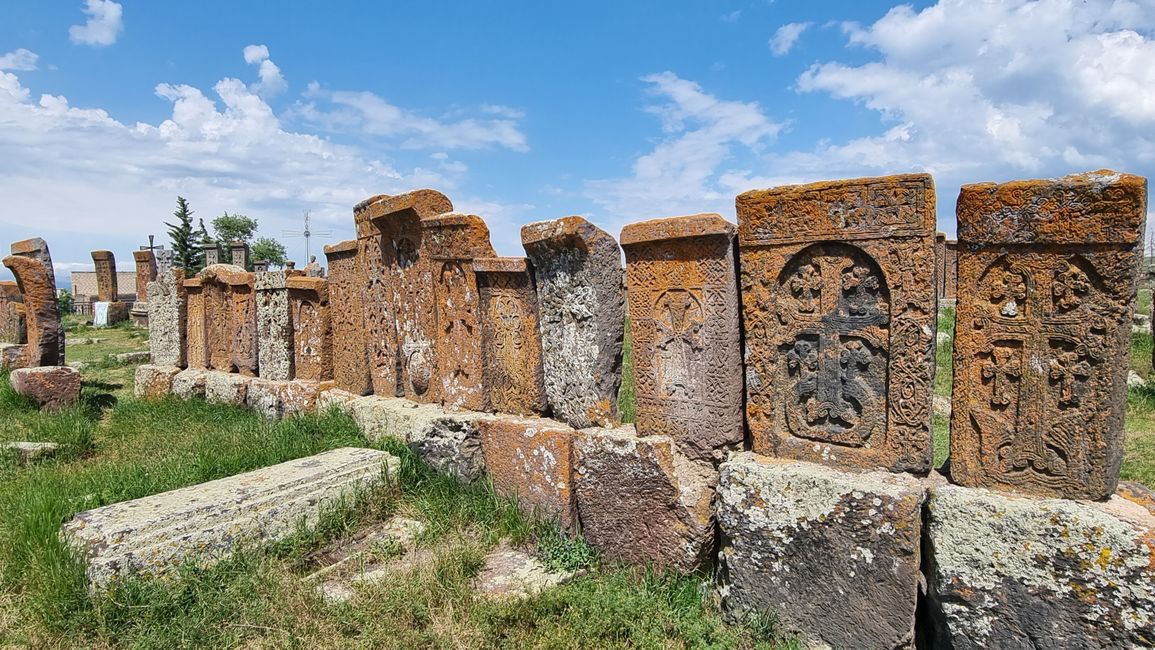
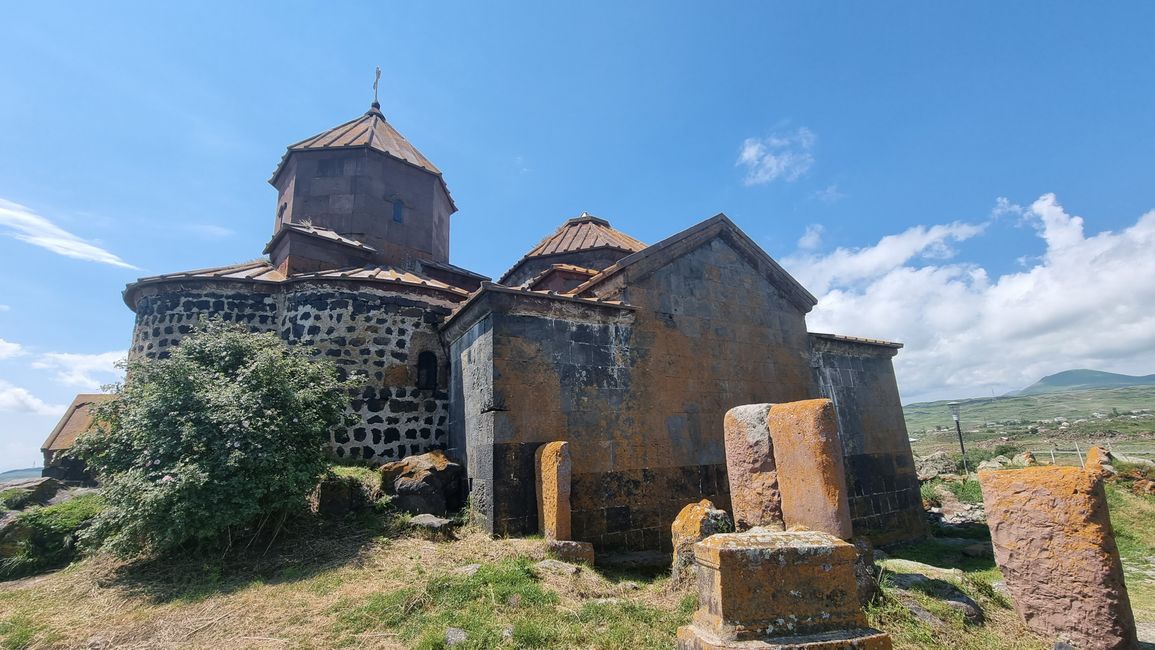
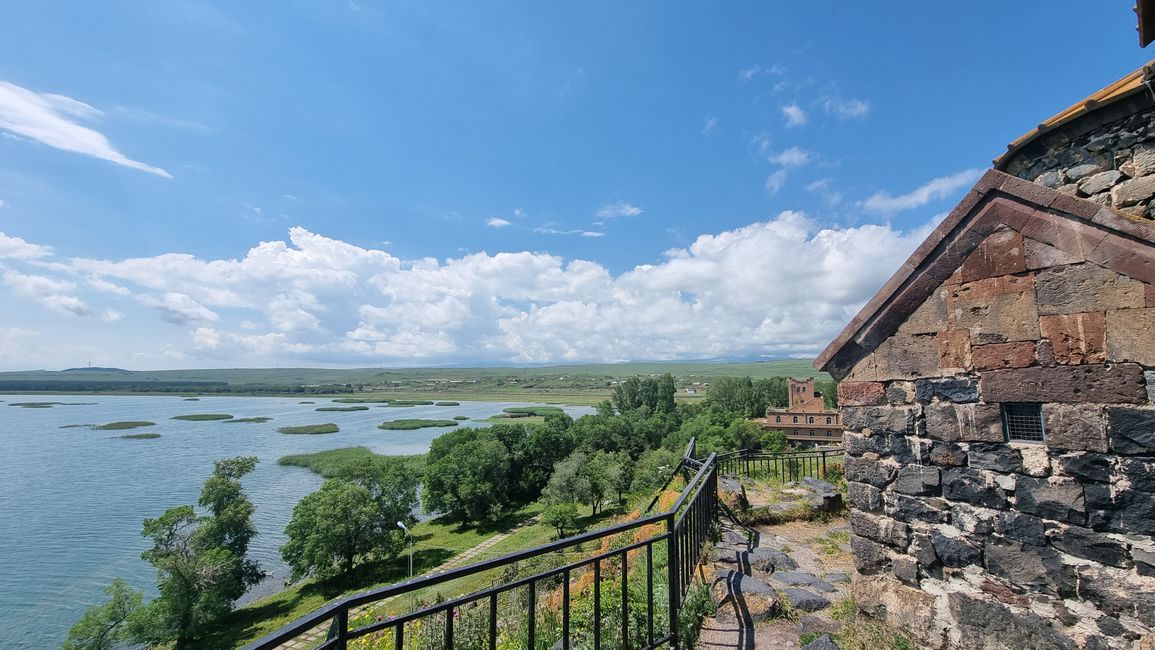
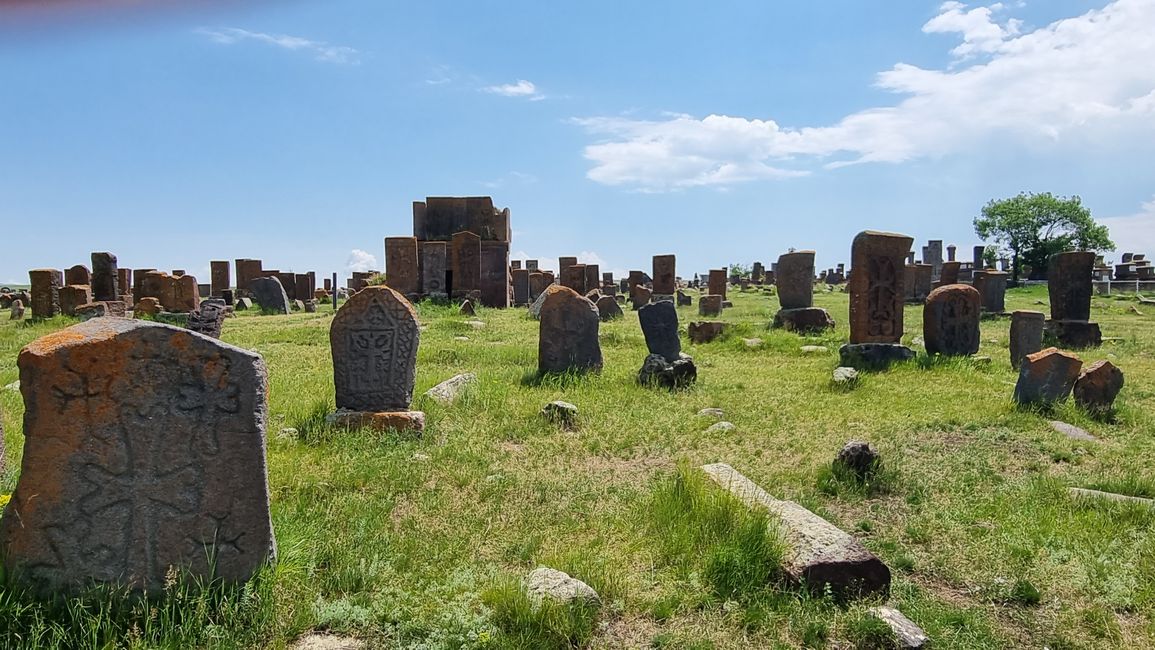
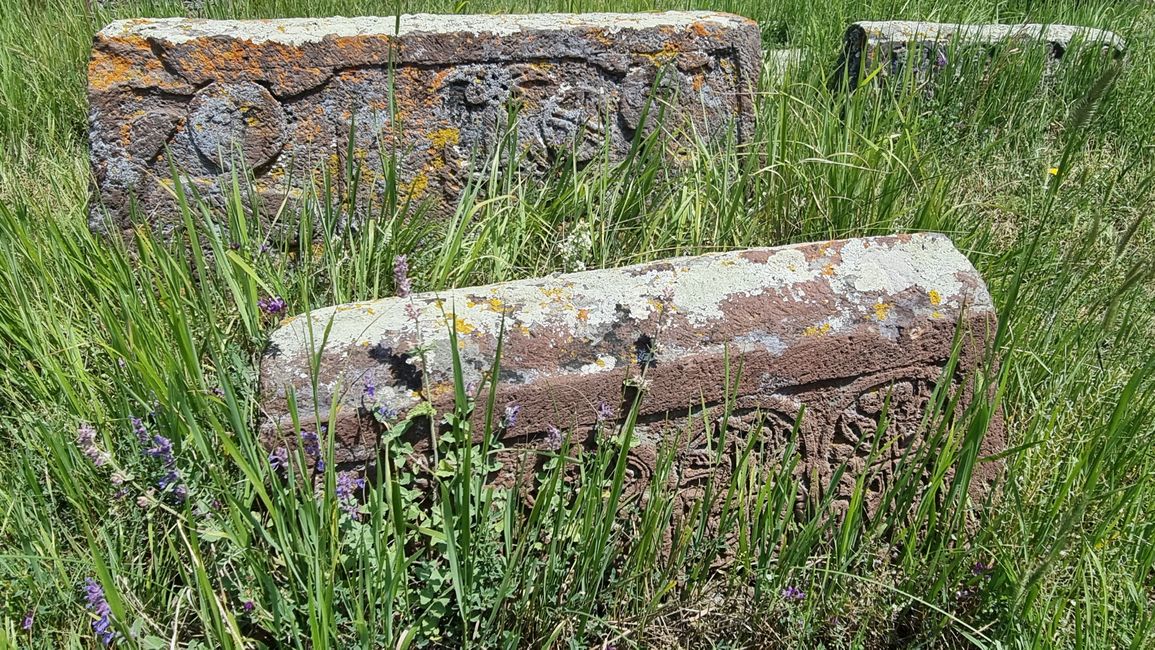
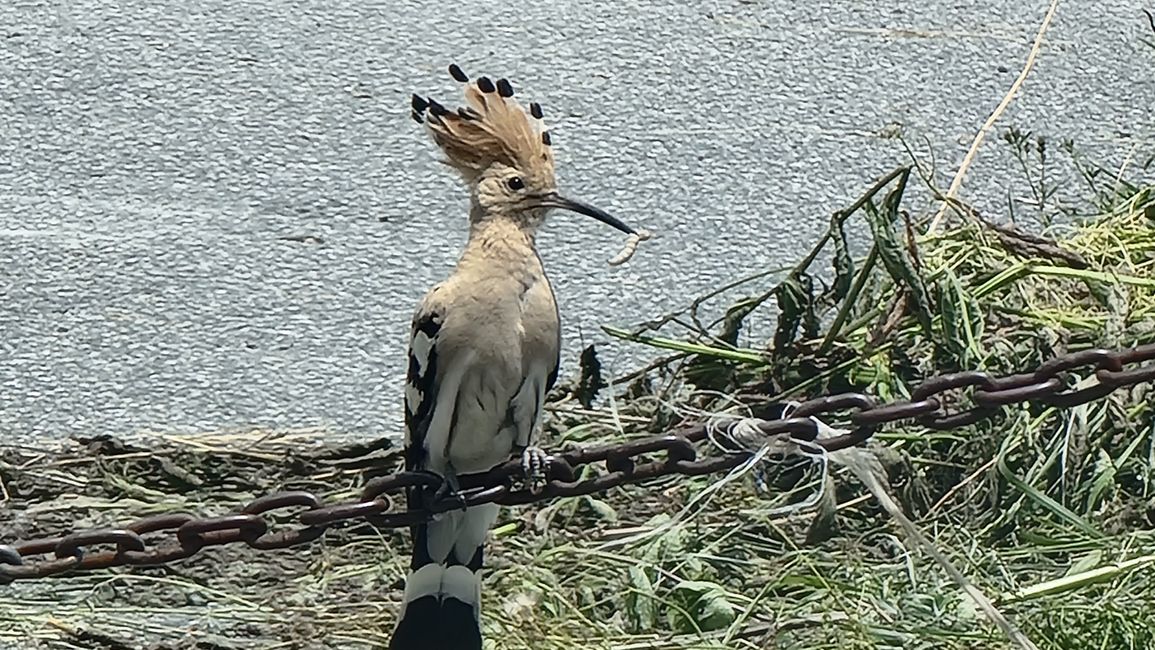
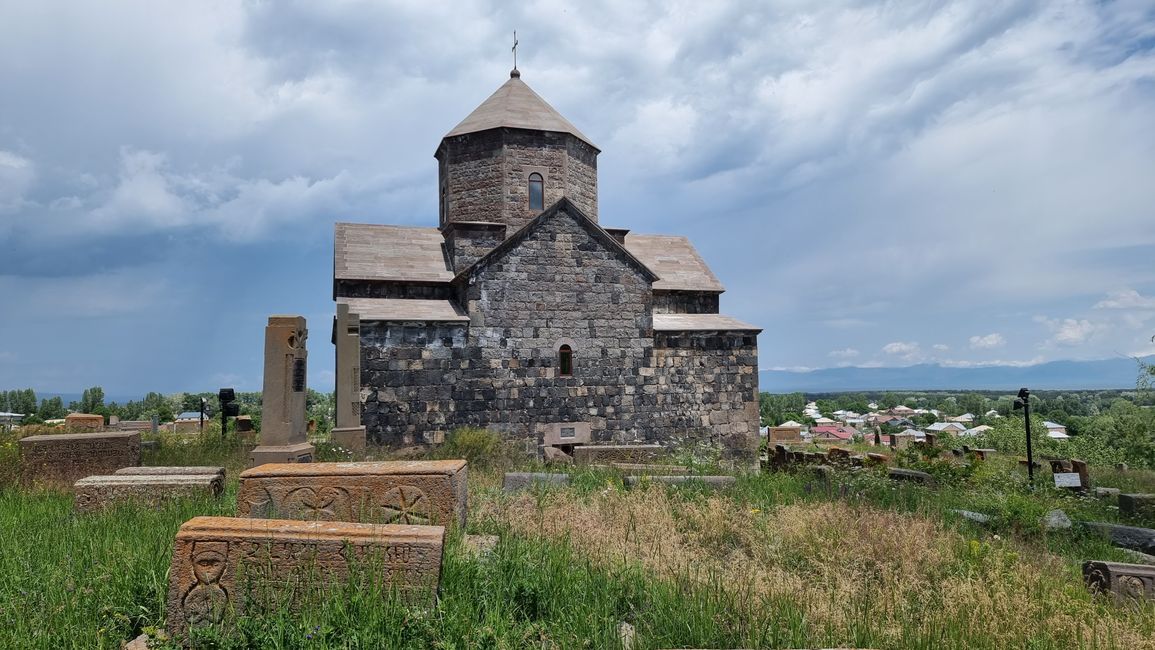
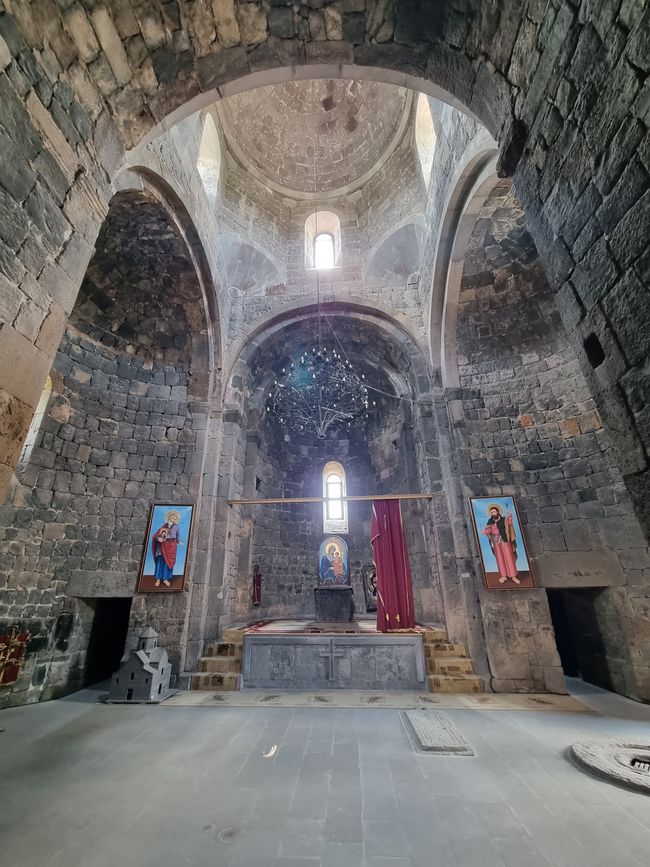
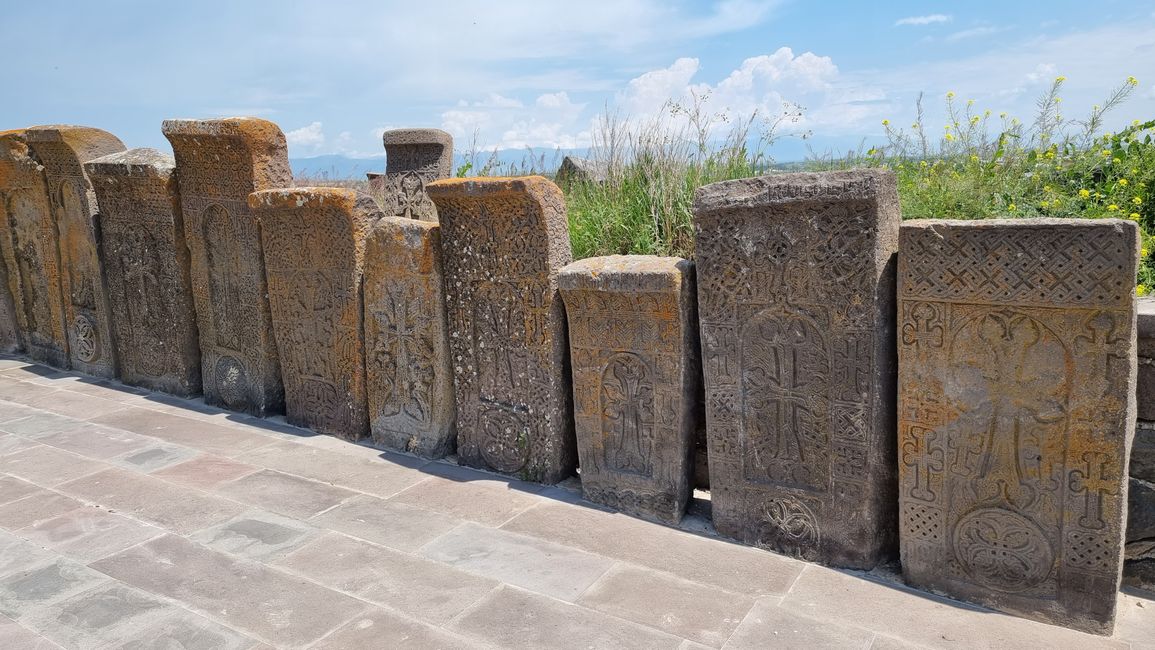
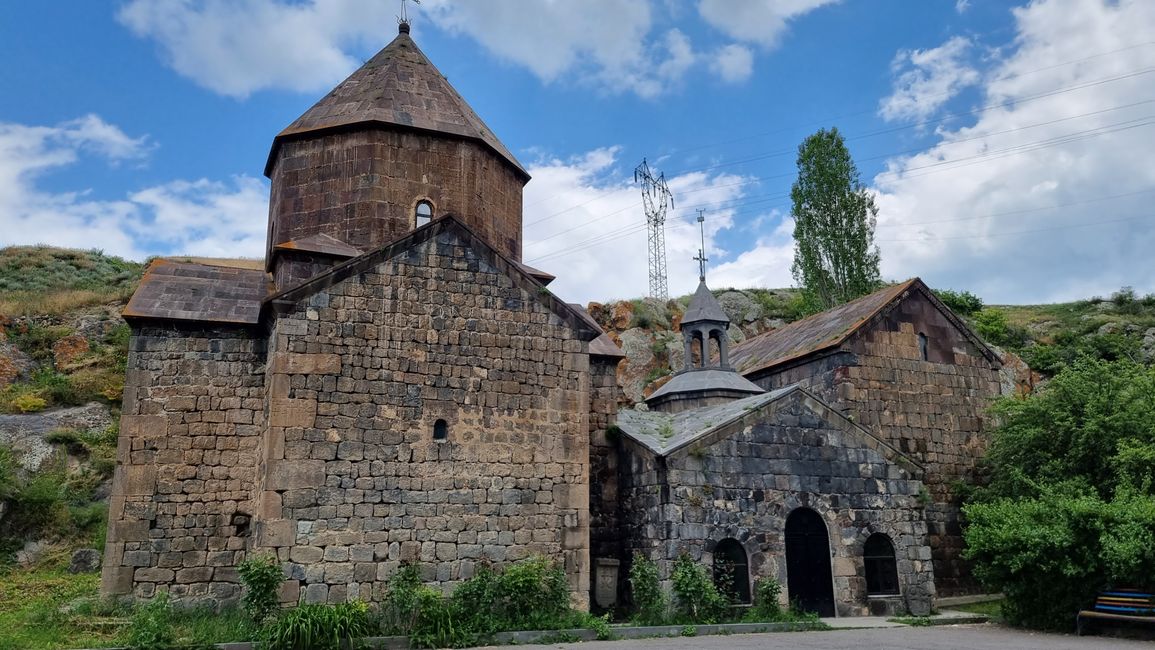
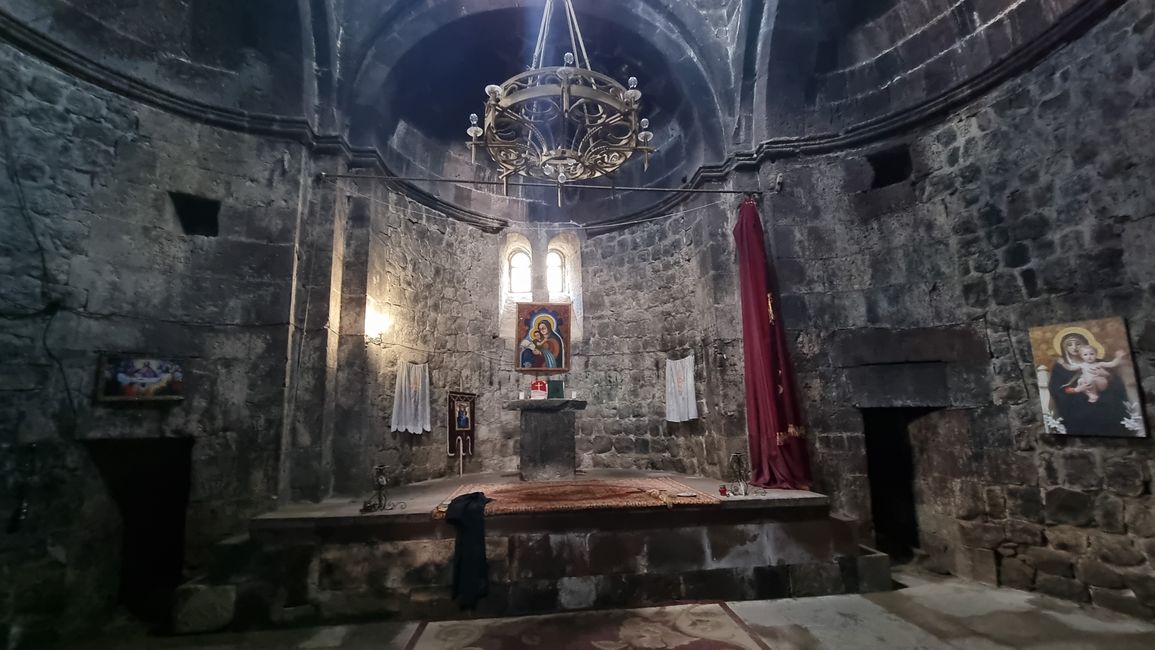
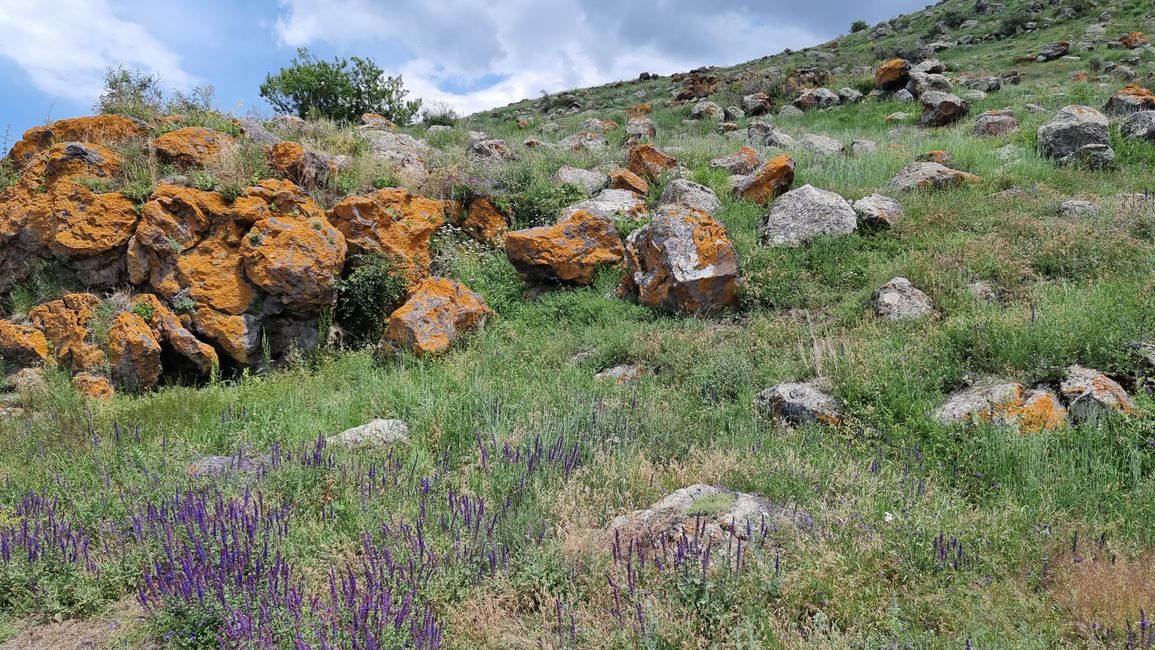
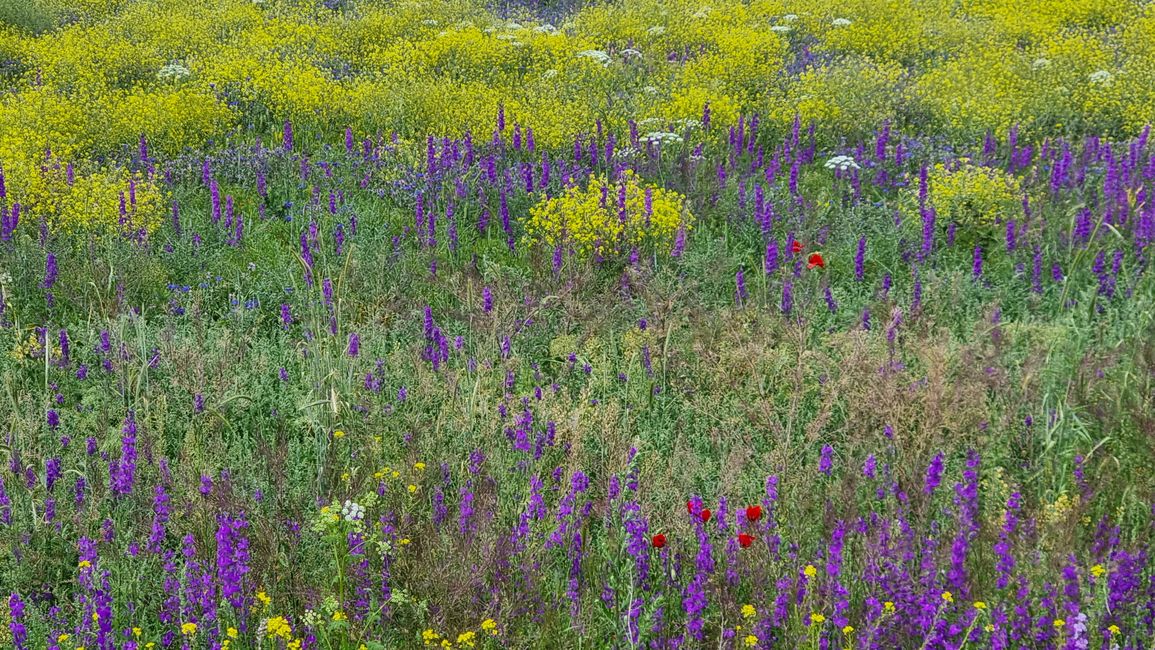
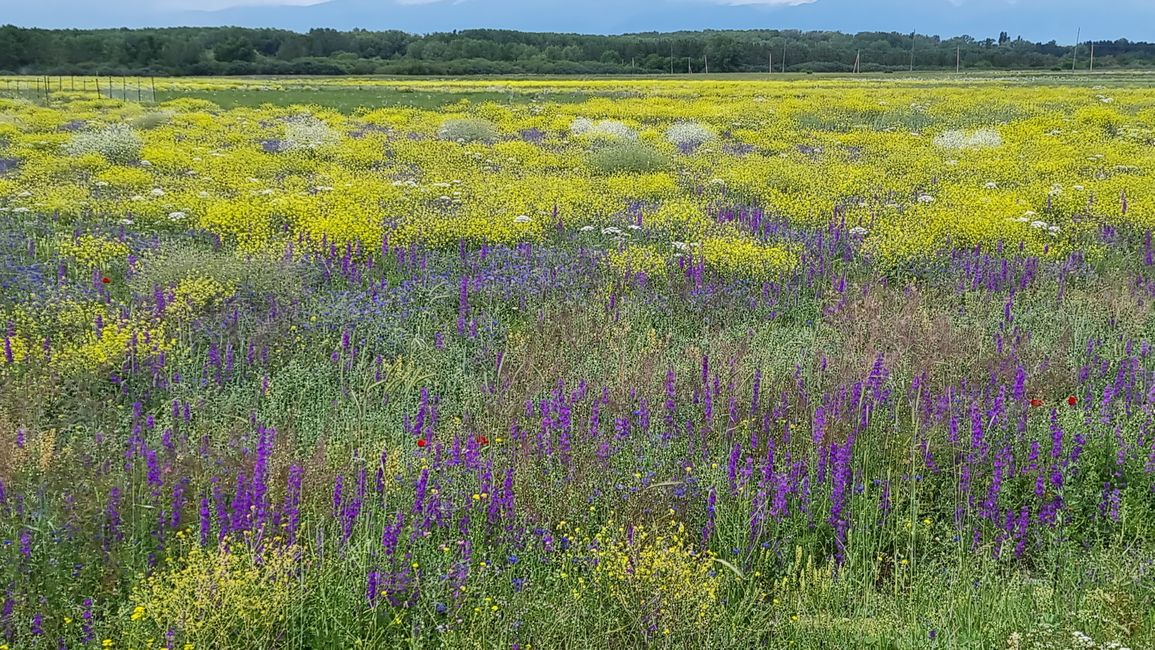
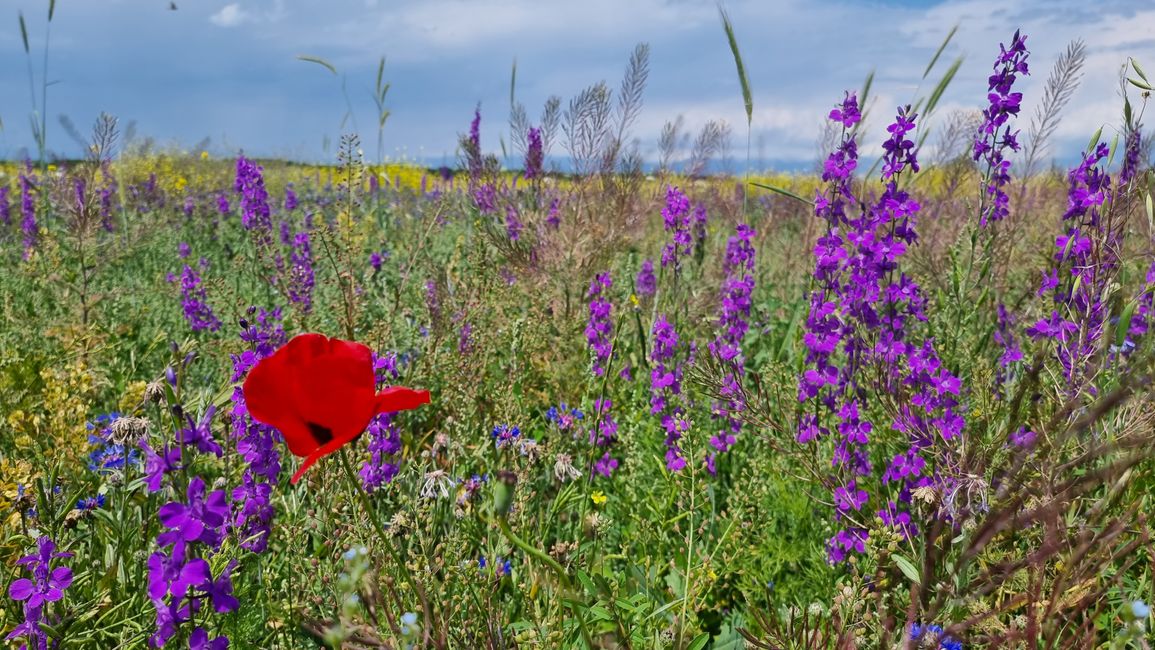
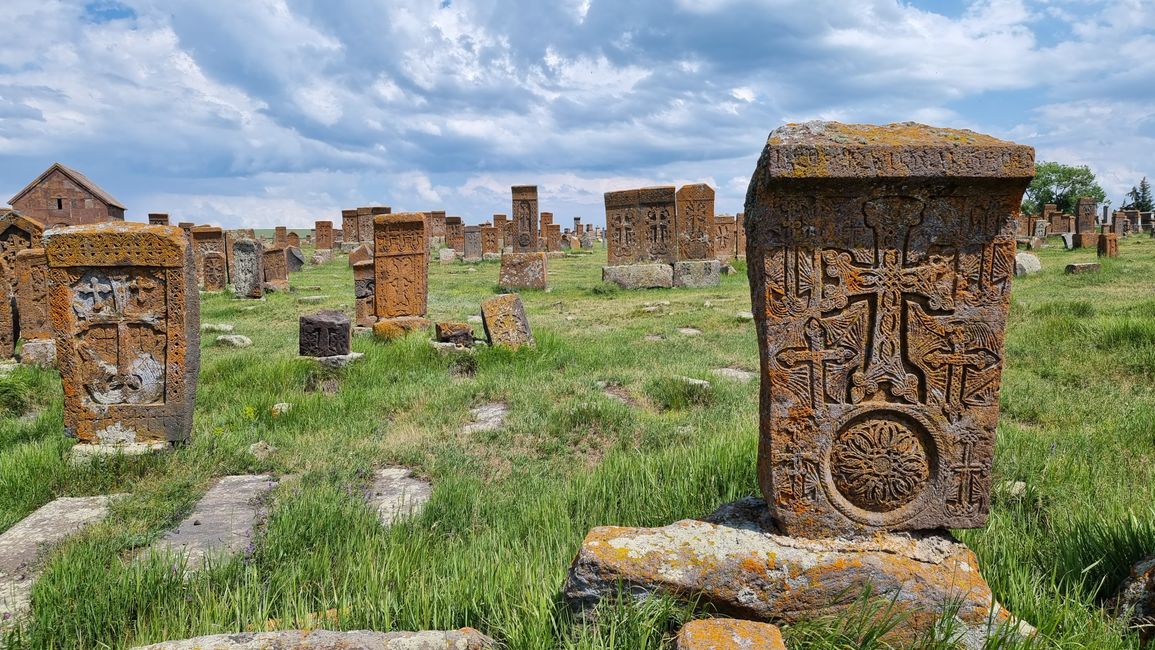
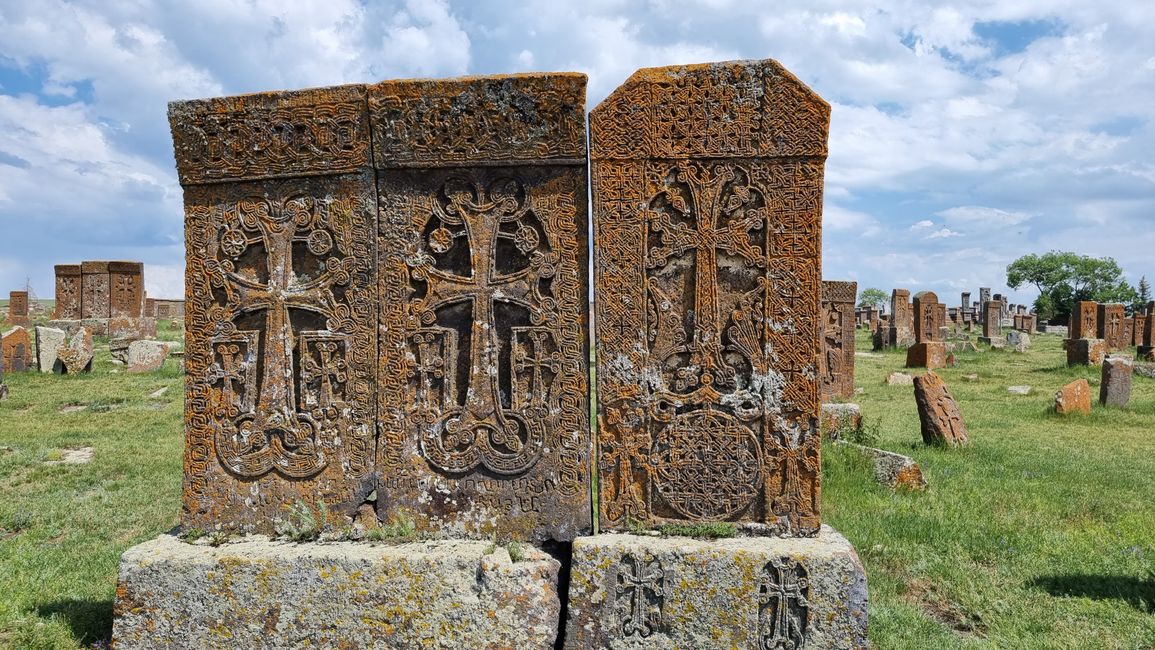
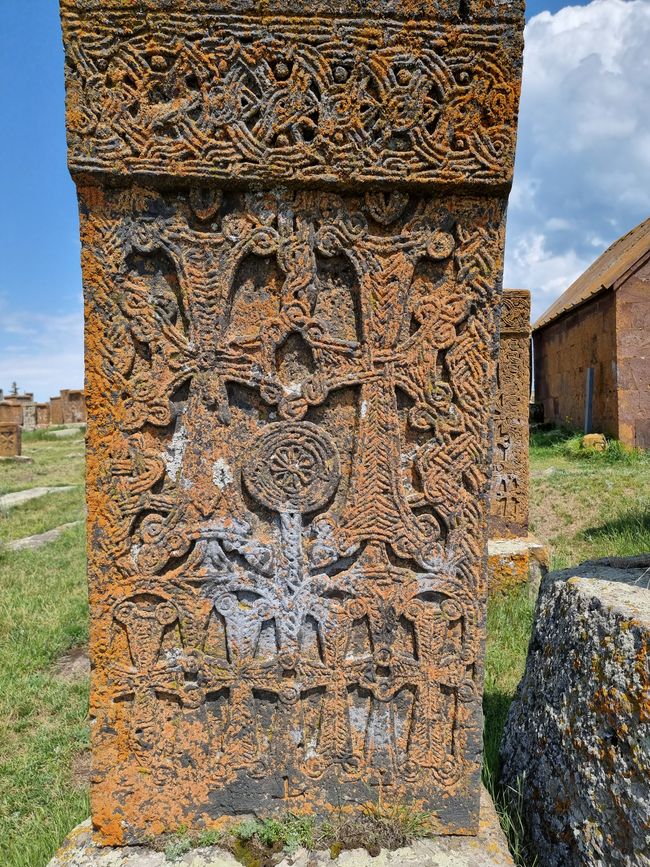
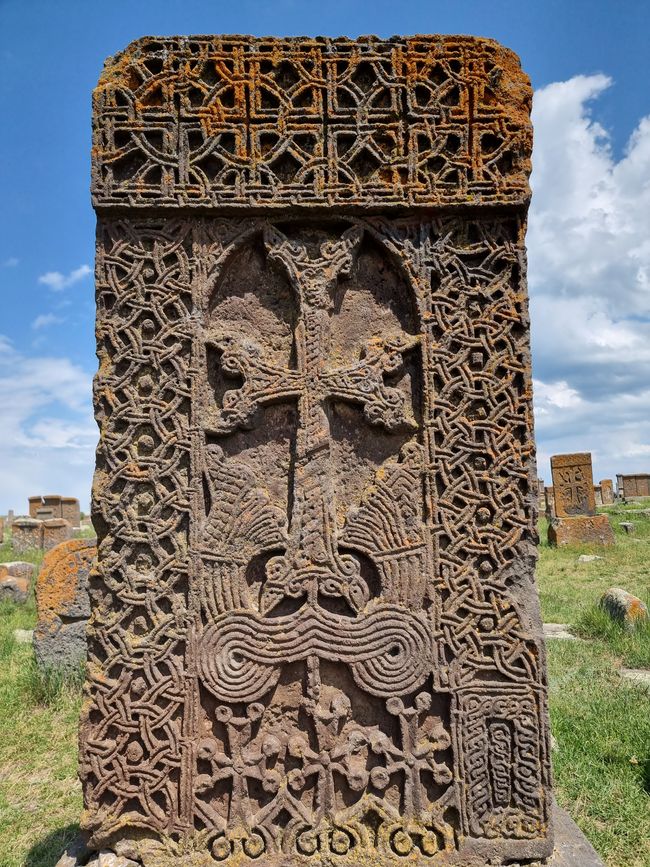
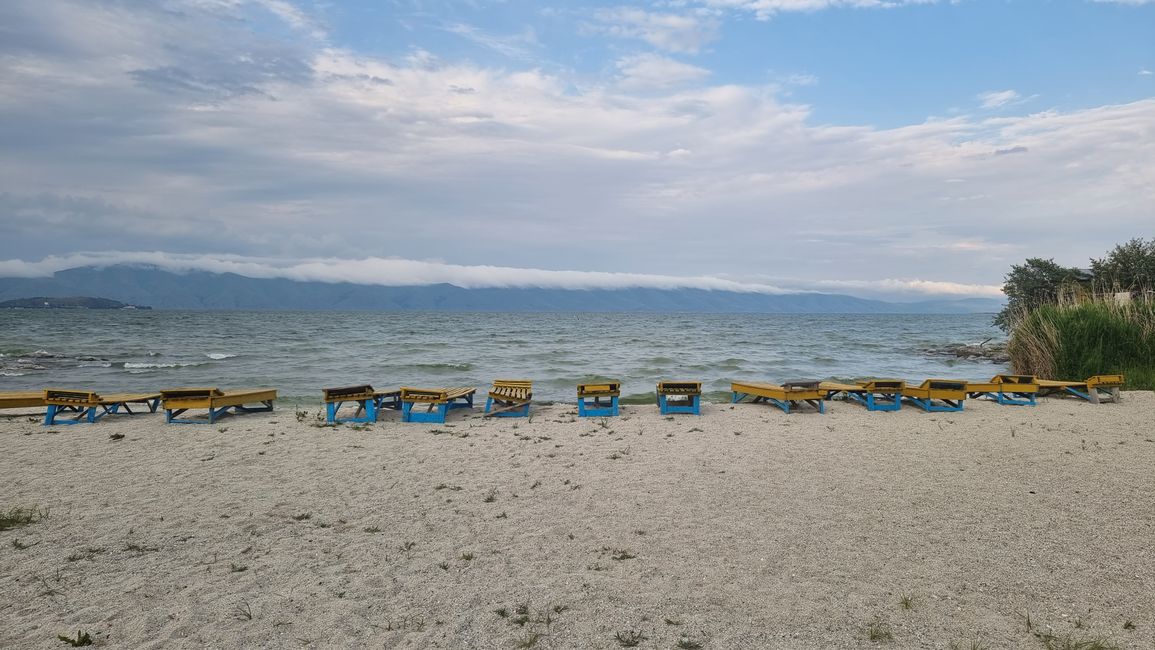


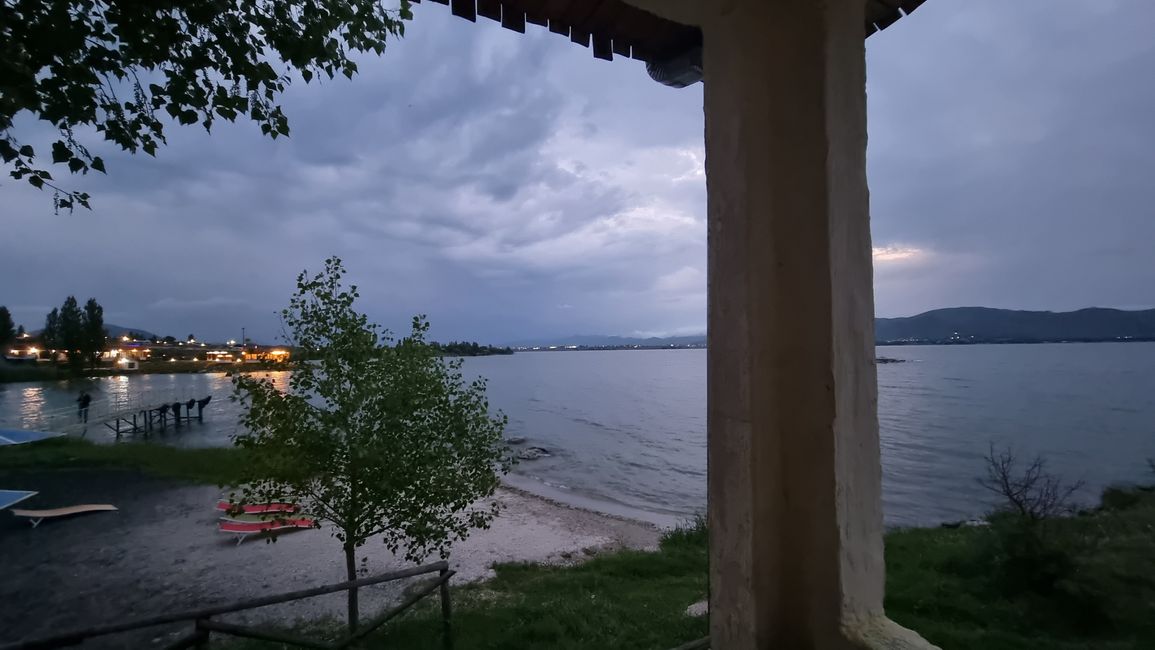
Don Curry heard the sea. At least that's what it seemed like to him when he woke up to the constant sound of waves mixed with the unmistakable laughter of seagulls. But he wasn't anywhere near the sea, he was lying in a small hut at an altitude of 1900 meters above sea level on Lake Sevan. No wonder the night had been surprisingly cool, as this altitude was almost exactly the same as the one he had spent the night in Tusheti.
Since he had planned a somewhat less busy schedule for today, he could leave for the breakfast buffet relatively late. He preferred to warm up a bit in the sun and take a walk along the lake shore. In the distance, he could see the peninsula with the Sewanavank Monastery; the two church towers stood out clearly. The buffet was more like a brunch because in addition to the usual breakfast options, there was also a kind of sausage goulash in a spicy tomato-dill sauce and matching carrot rice. Don Curry decided to start the day with a hearty meal. When he arrived at Xerra, he noticed that the crack in the windshield had expanded to 30 cm overnight.
Of course, a monastery was at the beginning of his route. Just a few kilometers south of his hotel, Hayravank rises directly on the lakeshore. It is not nearly as popular as the monasteries visited yesterday, so Don Curry had it all to himself. He could not claim that about the next destination because another culmination point of Armenian culture was in the spotlight: the Chatschkar, the cross stone. These skillfully carved stones can be found everywhere in Armenia and the formerly Armenian territories. They are between 1 and 3 meters high and always show a stylized cross, usually decorated with extremely imaginative arabesque patterns that suggest Oriental influences. Just as figurative representations are forbidden in Islam and the focus is entirely on decorative ornaments and patterns, the Chatschkaren also show almost exclusively this filigree abstraction around the basic motif of the cross. Only a very few famous exceptions show Christ on the Cross and other biblical scenes. In Haghpat, Don Curry was able to admire such an exceptional Chatschkar.
The largest collection of Chatschkaren in the world can be found on the outskirts of the village of Noratus on Lake Sevan; and it was precisely this destination that Don Curry now headed for. From afar, he saw something that looked like an army of stationary soldiers. Hundreds of Chatschkaren from the 10th to the 16th century reach up into the sky, some side by side in rows, others without any recognizable order. But they all have one thing in common, they are all consistently oriented to the west, towards the setting sun. That is their finely decorated show side, the back is simply smoothed or not processed at all. This presented a problem for photographer Don Curry: he had arrived in Noratus in the morning, the sun was still shining from the east, so the precious cross stones were in full backlight. But Don Curry already knew how he would solve this problem. Although the many cross stones are now part of the Noratus cemetery, they were originally not erected as grave stones, but as memorial stones or simply as a witness of faith. The graves were covered with flat tombstones or with decorated coffin-shaped grave structures. There are also numerous examples of this among the Chatschkaren.
Don Curry continued driving along the shore of Lake Sevan towards the south. Here, there was another significant location of cross stones. High above the village of Nerkin Getashen, the Notavank Monastery rises directly on the cemetery of the village. Only the church and a whole series of Chatschkaren, which had been newly grouped around the church, remained from the monastery. Therefore, the original west orientation played no role for them, and most of them presented themselves to Don Curry in bright sunlight.
He then aimed for the farthest destination of his program. Makenjaz Monastery is located in the mountains just south of Lake Sevan. However, when Don Curry reached the turnoff to the monastery and saw that he would have to follow about 10 km of bad dirt roads, he crossed the monastery off his daily plan, so as not to further enlarge Xerra's windshield drama. He could reach the Vanevank Monastery at the northern end of the village of Artsvanik on paved ground. Similar to Notavank, there weren't even the obligatory candle sellers here; Don Curry was alone with these dark ancient churches. There should also be a rock inscription by some Urartian king nearby Artsvanik. But although Don Curry went exactly to the spot shown in GoogleMaps, he only experienced magnificent landscapes, an abundance of wildflowers, a lot of reddish rocks, and loudly barking dogs who did not like his approach at all. So he abandoned his little walk and headed back to the hotel with Xerra.
On the way, he stopped at several workshops to find a solution for the crack in the windshield, but he was always sent to the next workshop. One person who spoke a little English finally said, 'We can't do it. It can only be done in Yerevan.' So Don Curry had to reluctantly postpone dealing with the problem further. After taking more photos in vast wildflower paradises, he passed through Noratus once again to photograph the cross stones in the evening sun.
Back in his small hut at the Lavash Hotel, Don Curry enjoyed some rest, worked on his reports, and took a leisurely walk on the beach. A whole busload of Asians had arrived at the hotel and were being served dinner in a hall. It was too chilly to sit outside this evening, so Don Curry waited until a table became available in the regular dining room. He ordered a lentil sorrel soup, chicken barbecue with roasted potatoes and fried chervil, lavash bread, and a beer. Unfortunately, there was no draft beer available today, so he had to settle for a bottle of Ararat Gold from the Gjumri Brewery. He also enjoyed a glass of pomegranate wine, but it turned out not to be the expected fruit wine, but was probably named that solely because of its deep red color; it was just a normal Armenian red wine.
After nightfall, a violent thunderstorm moved over Lake Sevan. For about 20 minutes, it even caused a total power outage in the entire area. Now the lightning became the only source of light far and wide. But as quickly as it came, it moved on. The lights came back on. Nature calmed down.
The theme of 'cross stones' would continue to accompany Don Curry in Armenia. There is hardly a monastery that does not have a few particularly beautiful specimens. But he will not encounter them again in this abundance as he did today. He already regretted having to leave his lakeside idyll tomorrow. In Yerevan, he will hardly hear the constant sound of the waves and the typical laughter of a seagull. But tonight, he fell asleep once again with these natural sounds...
Trả lời
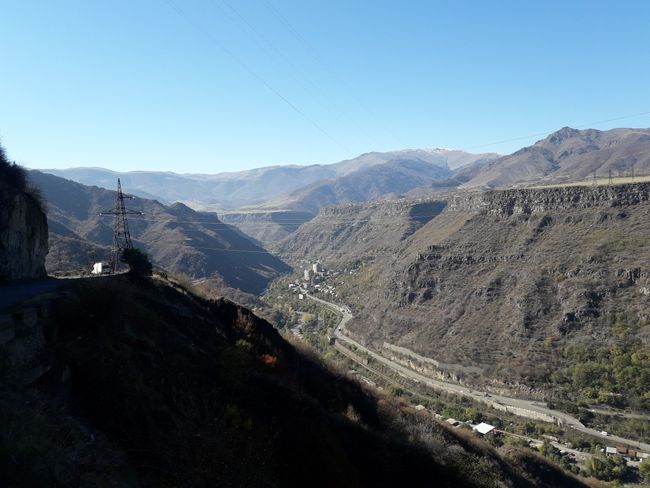
Báo cáo du lịch Ác-mê-ni-a

